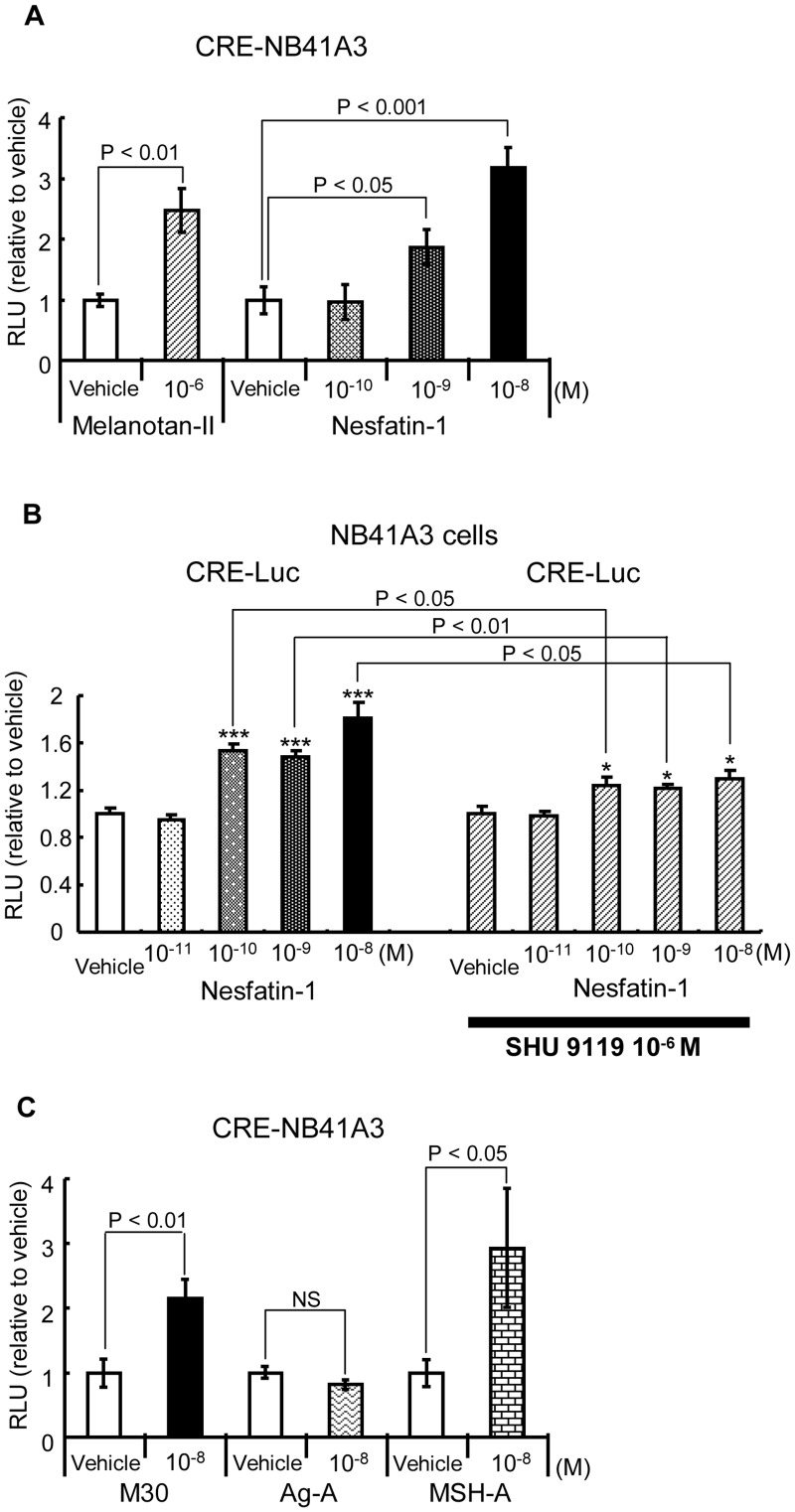Figure 1. Nesfatin-1 induced CRE-Luc reporter activity in NB41A3 cells.
A) Vehicles for Melanotan II and Nesfatin-1 were distilled water and 100 mM HEPES buffer (pH 7.5), respectively. Relative luciferase activities (mean ± SEM, n = 3) compared to the light units of CRE-Luc in the absence of Melanotan II or Nesfatin-1 (arbitrary light units divided by the total cellular protein and β-galactosidase [β-gal] activity) are shown as relative promoter activity (fold). The significant difference between the denoted pairs was obtained by the unpaired t-test. B) The antagonist of MC3/4R blocks the CRE reporter response by Nesfatin-1. Pretreatment of SHU9119 decreased the CRE-Luc reporter response induced by Nesfatin-1 in NB41A3 cells. Relative luciferase activities (mean ± SEM, n = 6) compared to the light units of CRE-Luc in the absence of Nesfatin-1 and SHU9119 (arbitrary light units divided by the total cellular protein and β-gal activity) are shown as relative promoter activity (fold). Asterisks show the significant differences between the promoter activity in the absence and presence of Nesfatin-1, in each panel. *** P<0.001, * P<0.05 by t-test. The significant differences between the absence and presence of SHU9119 in each concentration of Nesfatin-1 are denoted with lines. C) The midsegment of Nesfatin-1 (M30) but not a mutant M30 lacking the satiety effect in vivo induced the CRE-Luc reporter activity in NB41A3 cells. Relative luciferase activities (mean ± SEM, n = 3) compared to the light units of CRE-Luc in the absence of M30 or its derived mutants (arbitrary light units divided by cellular protein and β-gal activity) are shown as relative promoter activity (fold). The significant difference between the denoted pairs by t-test is shown. NS: not significant.

